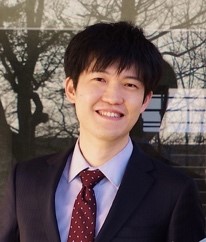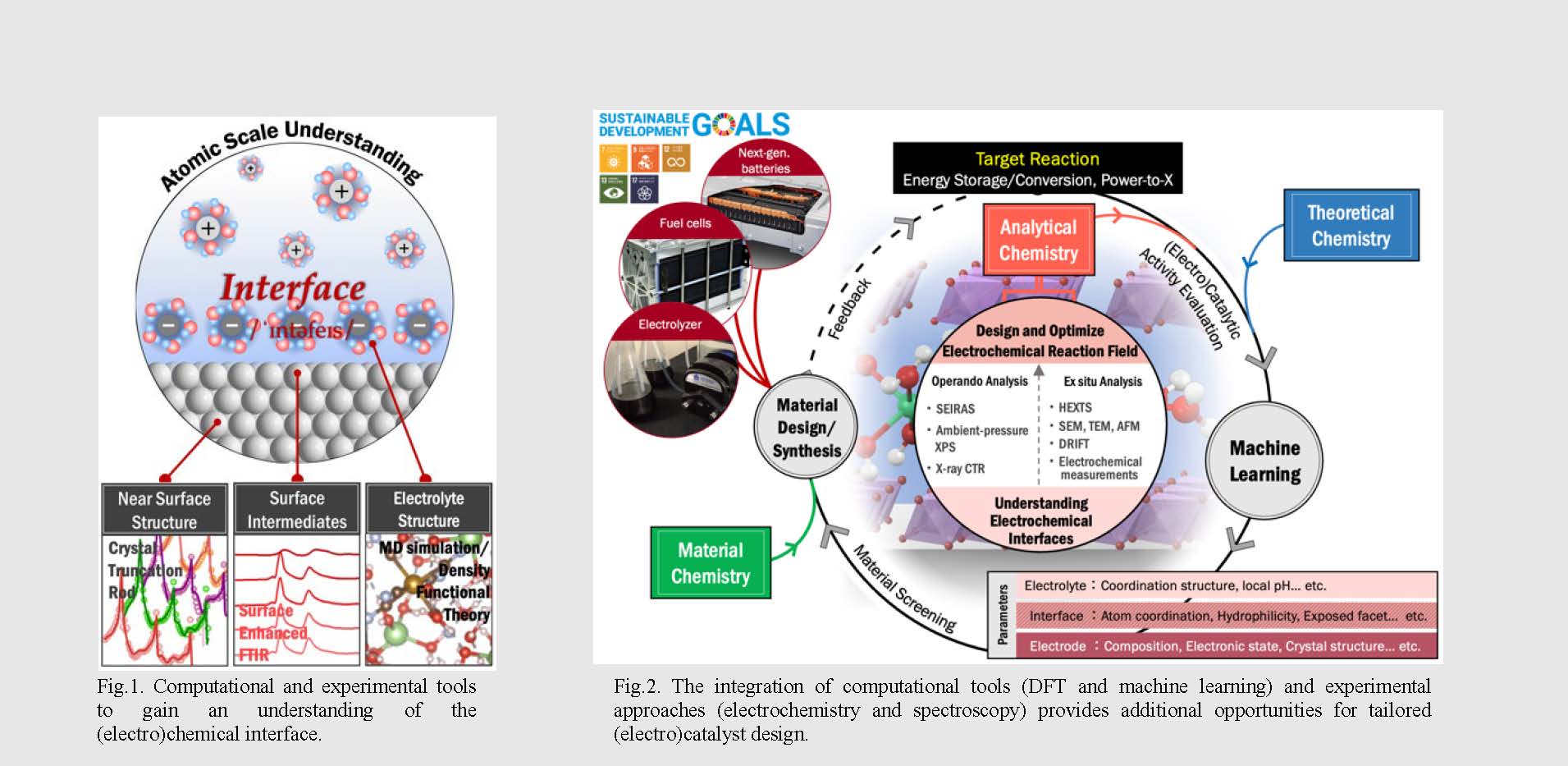
SANKEN
The University of Osaka
大阪大学
産業科学研究所

LAST UPDATE 2022/09/27
-
研究者氏名
Researcher Name片山祐 Yu KATAYAMA
准教授 Associate Professor -
所属
Affiliation大阪大学 産業科学研究所
エネルギー・環境材料研究分野
SANKEN, The University of Osaka
Department of Energy and Environmental Materials -
研究キーワード
Research KeywordsPower-to-Xデバイス
燃料電池
界面オペランド解析
Power-to-X technology
Fuel Cells
Operando interface analysis
- 研究テーマ
Research Subject -
電極/電解液界面反応の最適化による革新的な電気化学反応の開発
Atomic Scale Optimization of the Electrochemical Interfaces for Triggering the Unprecedented Electrochemical Reactions
研究の背景 Background of the Research
電気化学反応は、エネルギー貯蔵・エネルギー変換・材料合成など幅広い分野で我々の豊かな生活を支えています。これらの反応はいくつもの複雑な反応過程から成り立ちますが、その全てが固体の電極材料と液体の電解液材料の境界「電極/電解液界面」にて進行しています。この「電極/電解液界面」の理解は不十分であり、その解明と最適化の方策を確立することで、電気化学反応特性のさらなる向上が期待されます。
(Electro)catalysis provides exciting opportunities to address some of the impending global changes of the 21st century ranging from energy and environment to food and chemical production. Although the electrocatalytic activity has been improved by tuning the electronic structure of the electrode materials, there has been little focus on engineering the electrode/electrolyte interface. Therefore, there are immense opportunities for fundamental research of electrode/electrolyte interfaces to identify governing parameters that dictate the complex interactions at interfaces.
研究の目標 Research Objective
我々は、独自のオペランド測定による電極/電解液界面反応解析を「電極/電解液界面」材料設計に応用し、エネルギー・環境問題の解決に資する電気化学反応の飛躍的な活性向上に挑戦しています。
We aim to connect the understanding of surface reaction mechanisms obtained by operando techniques combined with theoretical analysis to the activity and stability of the catalysts, as well as to establish novel design principles for designing electrode/electrolyte interfaces.
研究図Figures

Fig.2. The integration of computational tools (DFT and machine learning) and experimental approaches (electrochemistry and spectroscopy) provides additional opportunities for tailored (electro)catalyst design.
論文発表 / Publications
Yu Katayama et al. Journal of the American Chemical Society Au, 1, 1674−1687 (2021), Nature Catalysis 3, 516–525 (2020), Energy & Environmental Science 13, 183–199 (2020), Science 358, 751–756 (2017), ACS Catalysis 6, 2026–2034 (2016).
研究者連絡先 / HP
- yuktym
 sanken.osaka-u.ac.jp
sanken.osaka-u.ac.jp - https://www.sanken.osaka-u.ac.jp/labs/eem/index.html